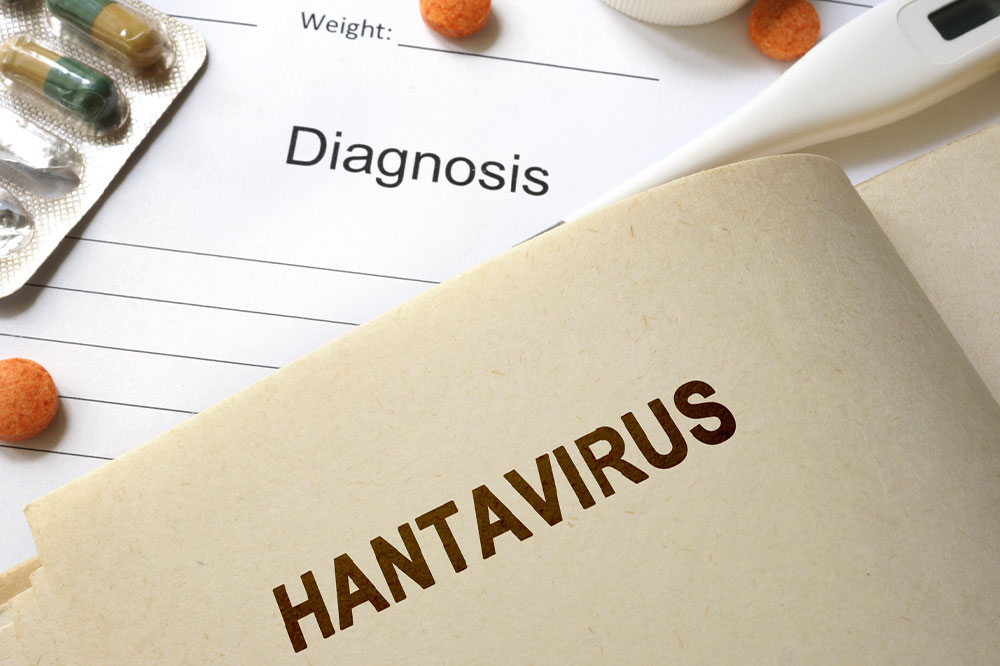
Hantavirus pulmonary syndrome – Causes, symptoms, and prevention
Hantavirus pulmonary syndrome is a severe respiratory condition caused by rodent infestation of hantavirus. The disease rarely spreads through person-to-person contact – there have been no such cases in the country and few worldwide so far. Individuals living or working in places with too many rodents are highly susceptible to hantavirus pulmonary syndrome. The condition can be detrimental to one’s life if not detected and treated early. Here’s everything to know about hantavirus pulmonary syndrome:
Rodents that can cause hantavirus pulmonary syndrome
Deer mice
The sin nombre hantavirus is the most common type of hantavirus causing this condition, and it is transmitted by deer mice. It has been found that deer mice carrying the hantavirus do not seem to be affected by any related diseases. Moreover, not all deer mice are infected with this virus.
White-footed mice
The white-footed mouse can also carry hantavirus, causing hantavirus pulmonary syndrome and other related conditions, including hantavirus hemorrhagic fever and hantavirus cardiopulmonary syndrome.
Cotton rats
Cotton rats carry the black creek hantavirus, which is linked to the spread of hantavirus pulmonary syndrome.
Rice rats
The rice rat, a semi-aquatic rodent, carries the bayou virus, a type of hantavirus. This rat species is indigenous to the southeastern and central parts of the country.
Symptoms of hantavirus pulmonary syndrome
Fever and chills
Individuals infected with hantavirus pulmonary syndrome may develop high fever, typically over 101 degrees Fahrenheit.
Nausea and vomiting
Hantavirus can lead to severe abdominal pain and gastrointestinal problems, inducing nausea and vomiting.
Shortness of breath
Patients may experience coughing, shortness of breath, and chest pain at later stages of the condition as fluid accumulates in the lungs.
Low blood pressure
As the disease progresses, one may grapple with low blood pressure or hypotension, accompanied by irregular heartbeat.
Treatment options
There are no specific interventions for hantavirus pulmonary syndrome. Individuals with the disease should be admitted to a hospital’s intensive care unit immediately. It is important that they receive treatment at a hospital with sufficient resources and staff to ensure proper care and timely interventions. Here are some interventions that may be required at the ICU for patients with hantavirus pulmonary syndrome:
Oxygen therapy
Advanced stages of hantavirus pulmonary syndrome may cause fluid accumulation in the lungs, resulting in shortness of breath and lung problems. Hence, some patients may require oxygen support at this point. Mechanical ventilation is an effective way to provide adequate oxygen supply to the body.
Interventions to elevate blood pressure
As the disease progresses, blood pressure levels may drop to a hazardous point. In such instances, patients may need treatments to raise their blood pressure levels.
Fluid replacement
Fluid replacement may be considered an intervention to increase blood pressure and may be supplemented by other treatments.
Ways to prevent hantavirus pulmonary syndrome
To prevent hantavirus pulmonary syndrome, it’s crucial to avoid areas with high rodent populations. One should also arrange for regular pest control at home and workplace and maintain cleanliness and hygiene. Moreover, rodent droppings should not be cleaned or vacuumed directly, as it releases particles that can cause hantavirus infection. Instead, one should spray a household disinfectant over these droppings, allow it to rest for about 10 minutes, and then wipe them with paper towels.




